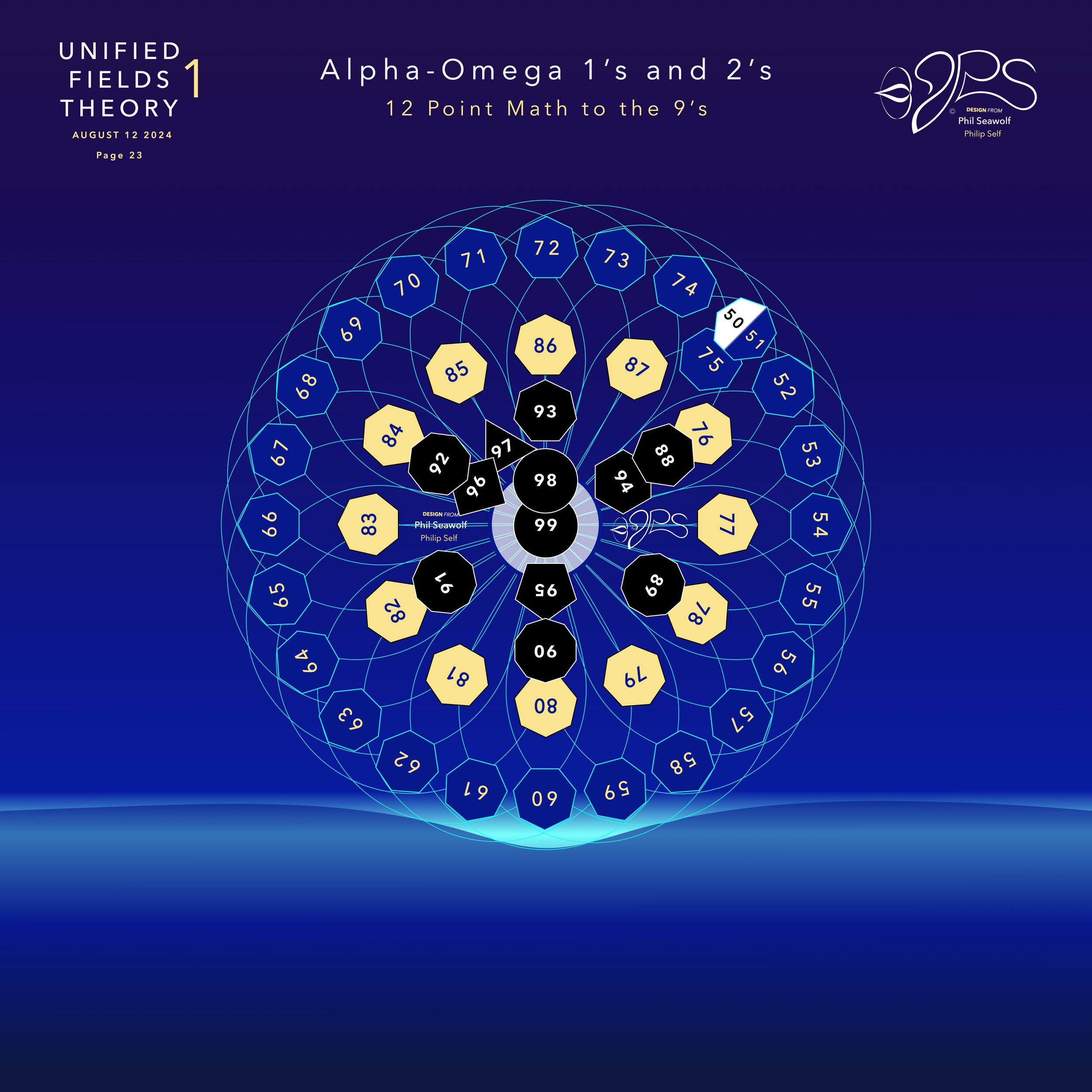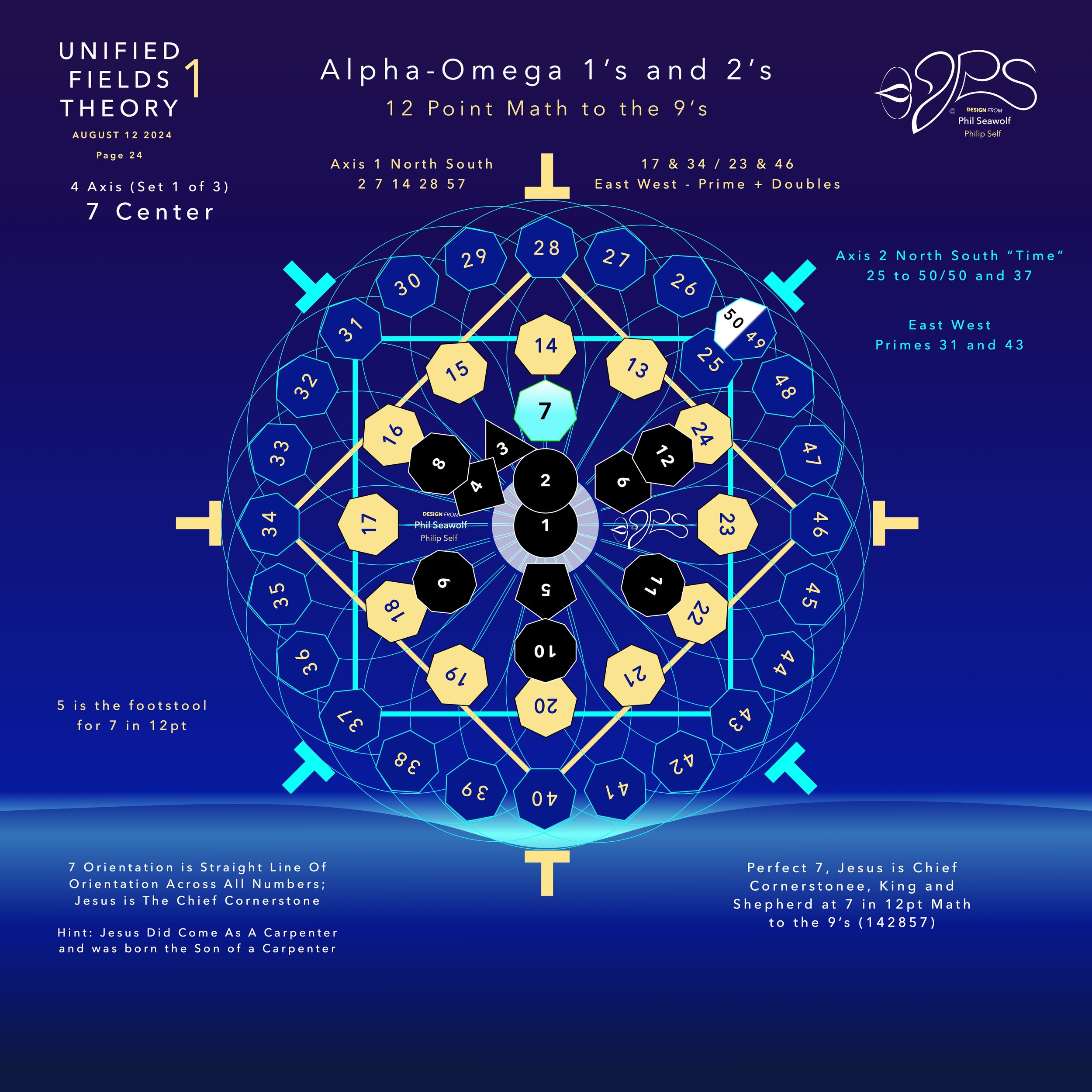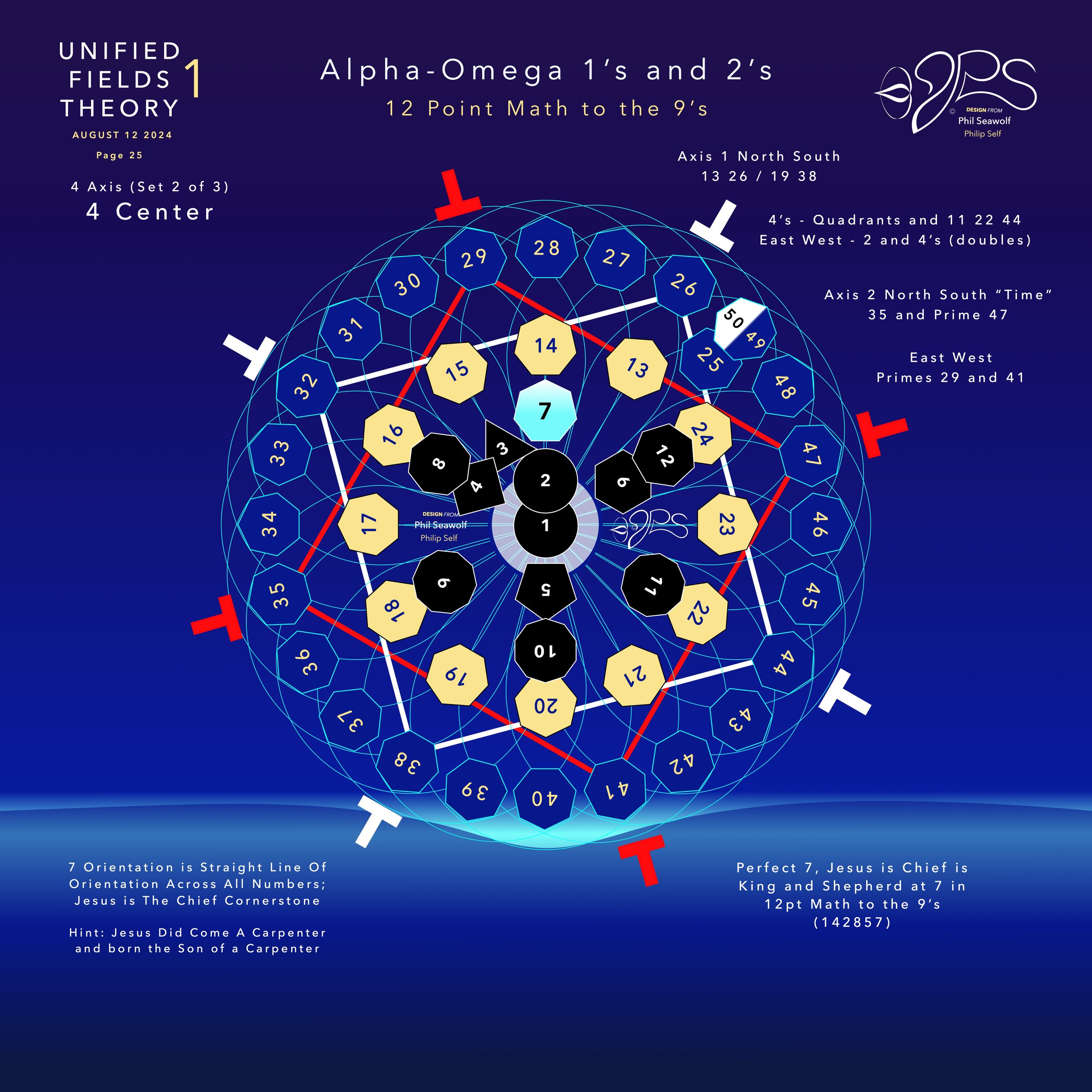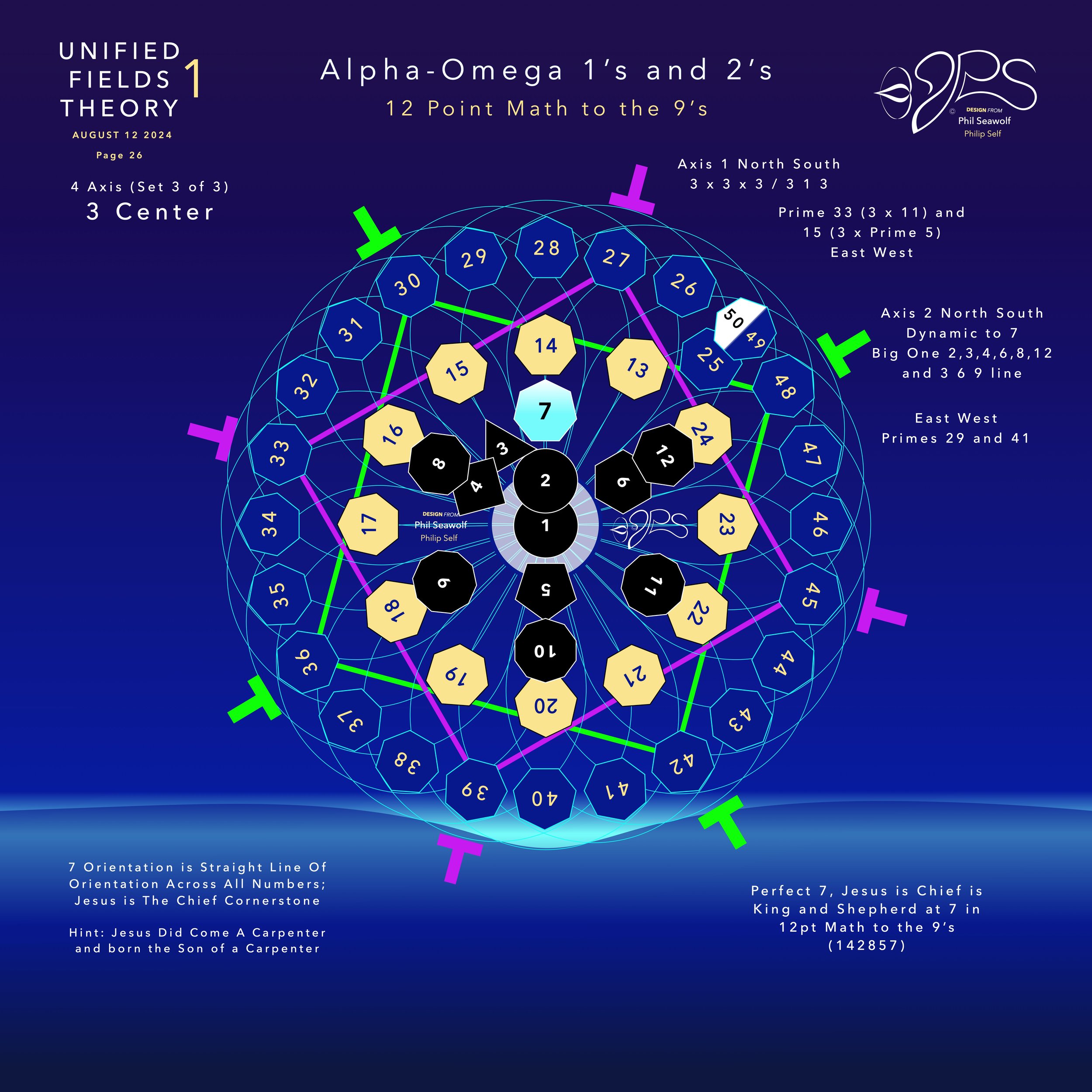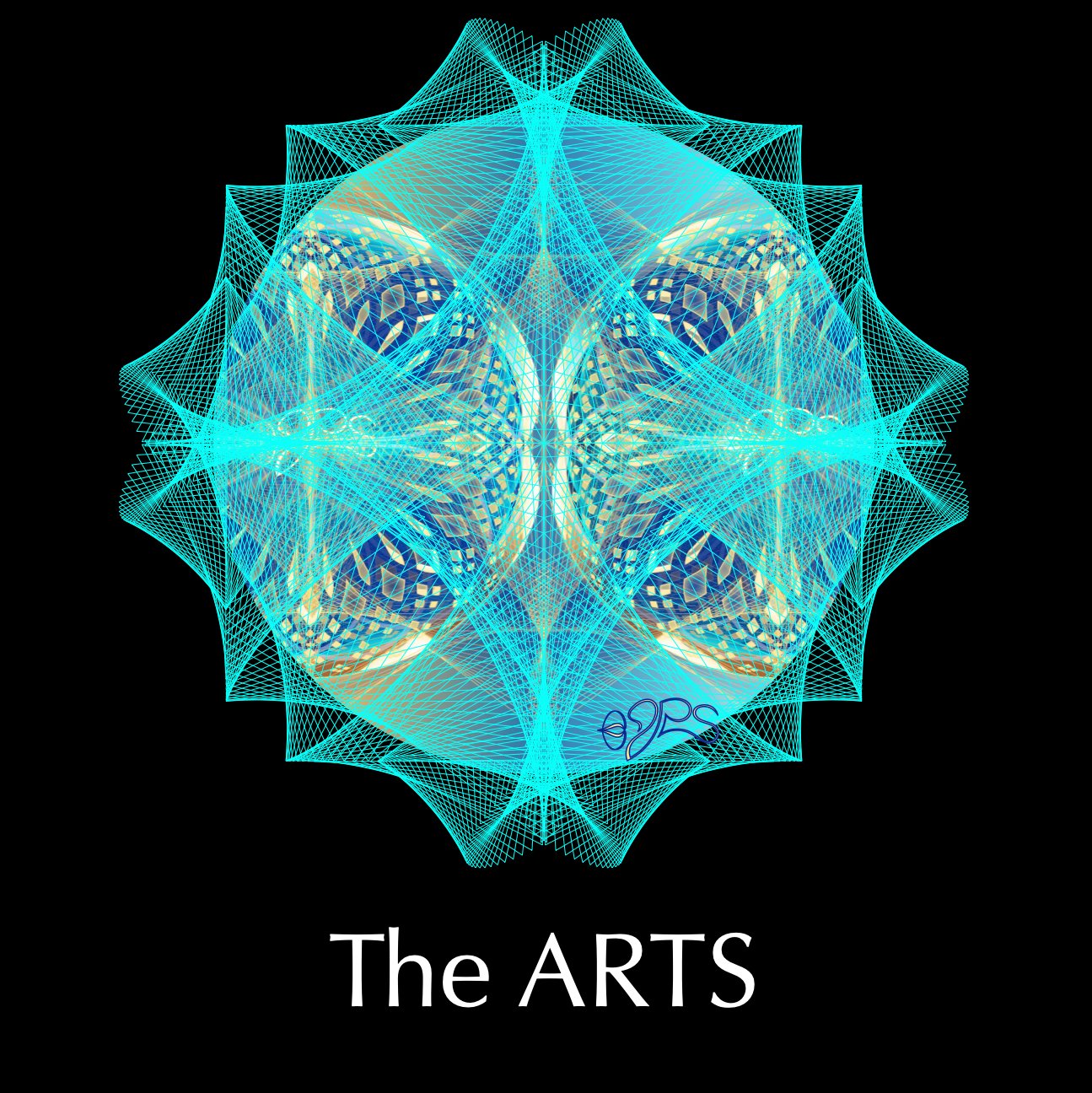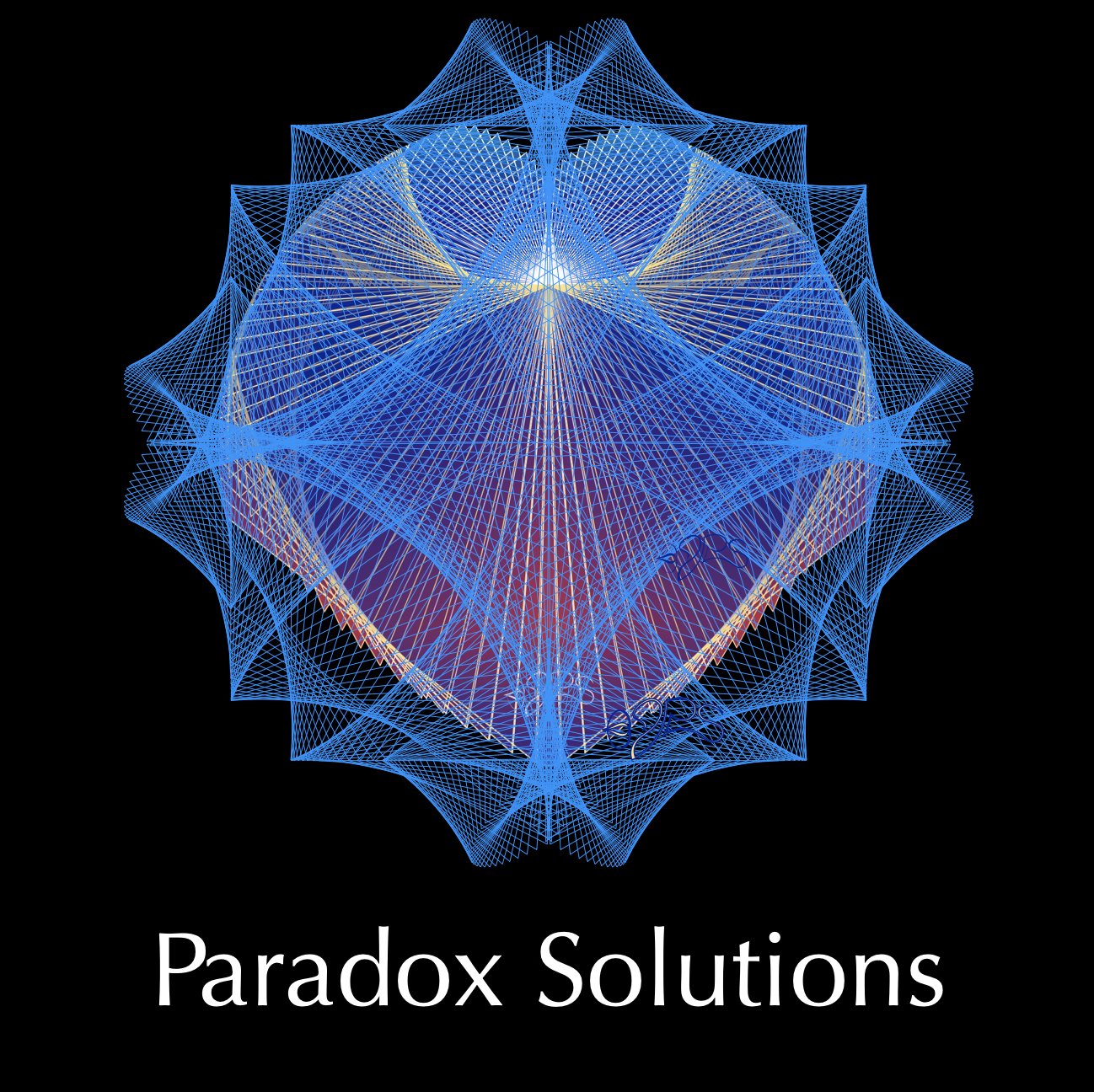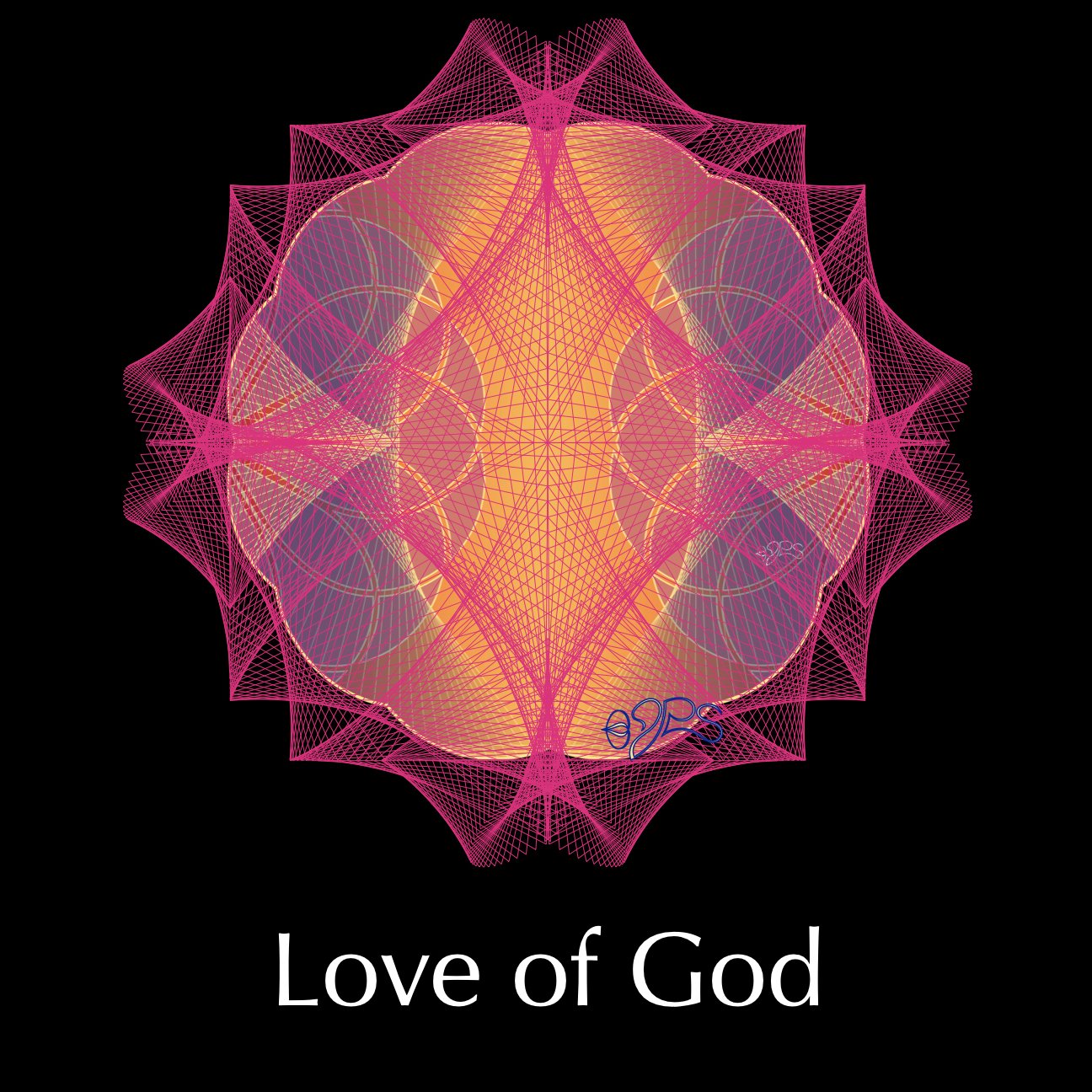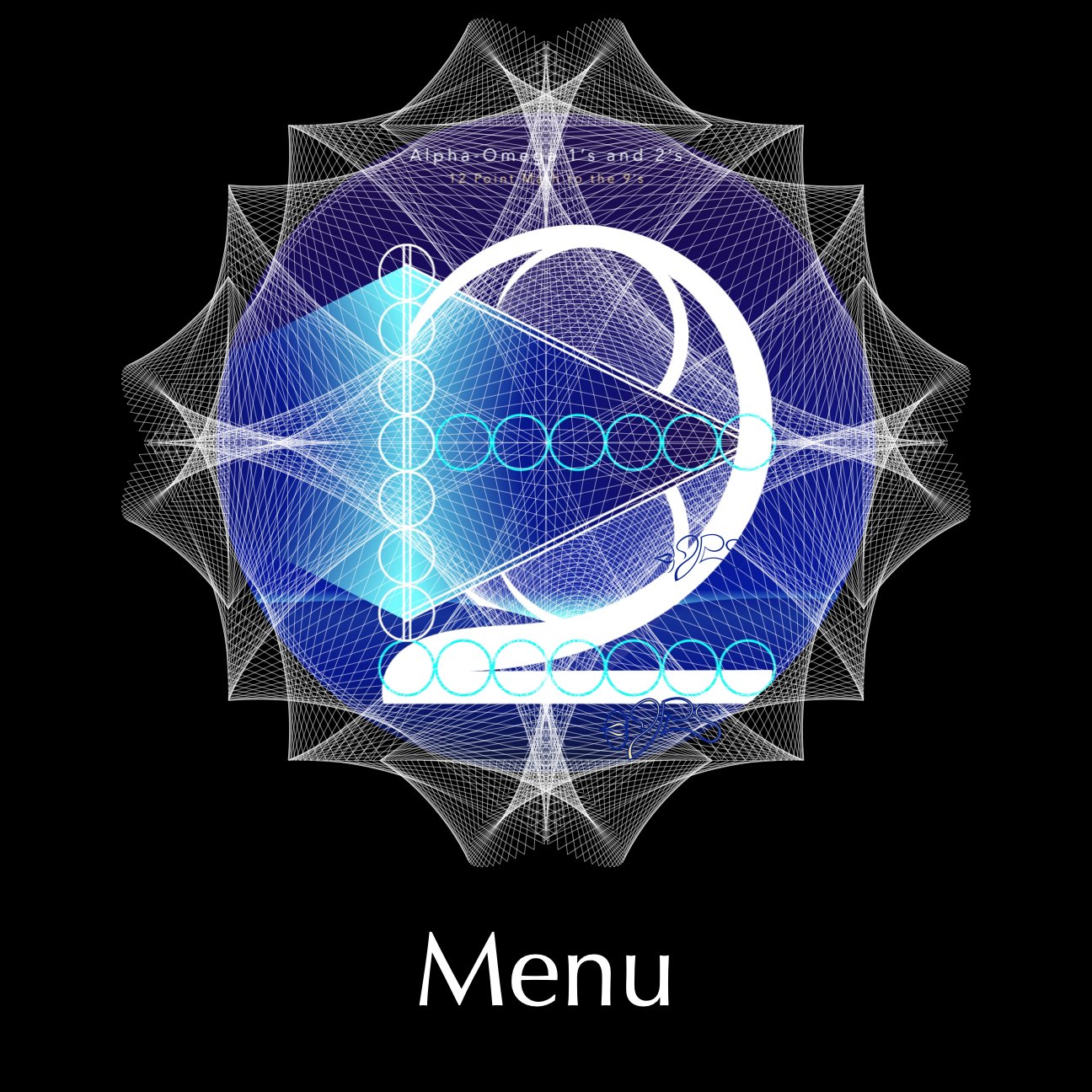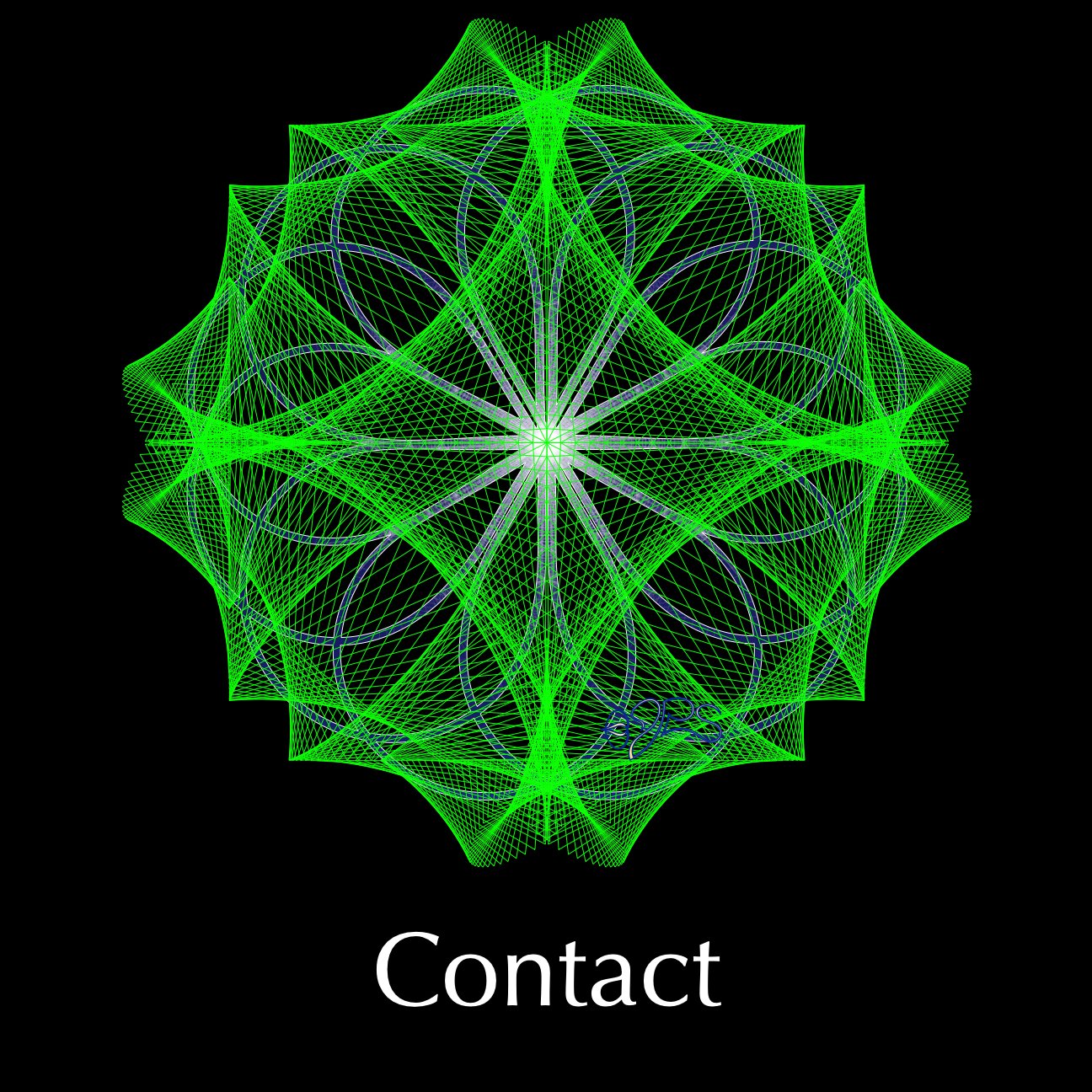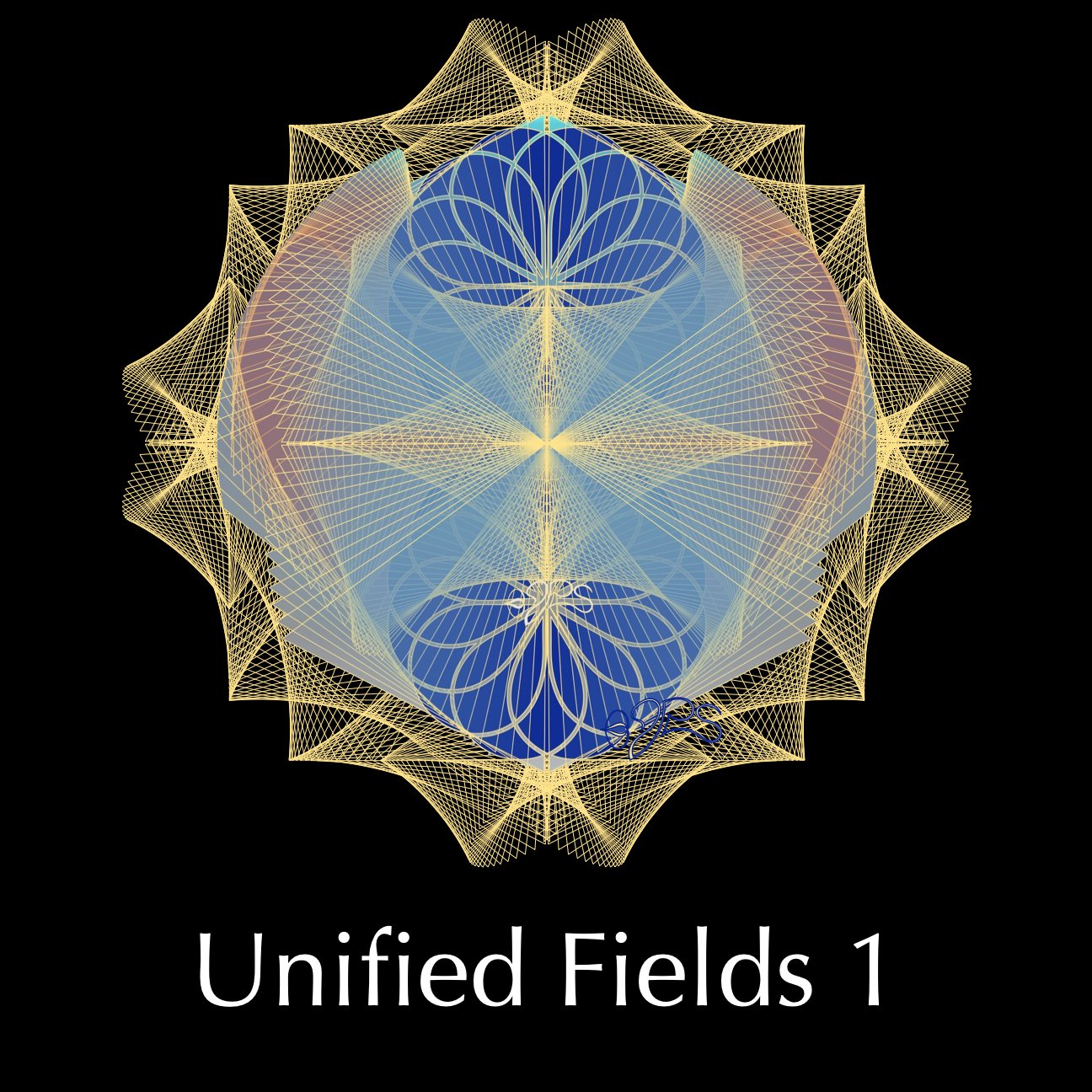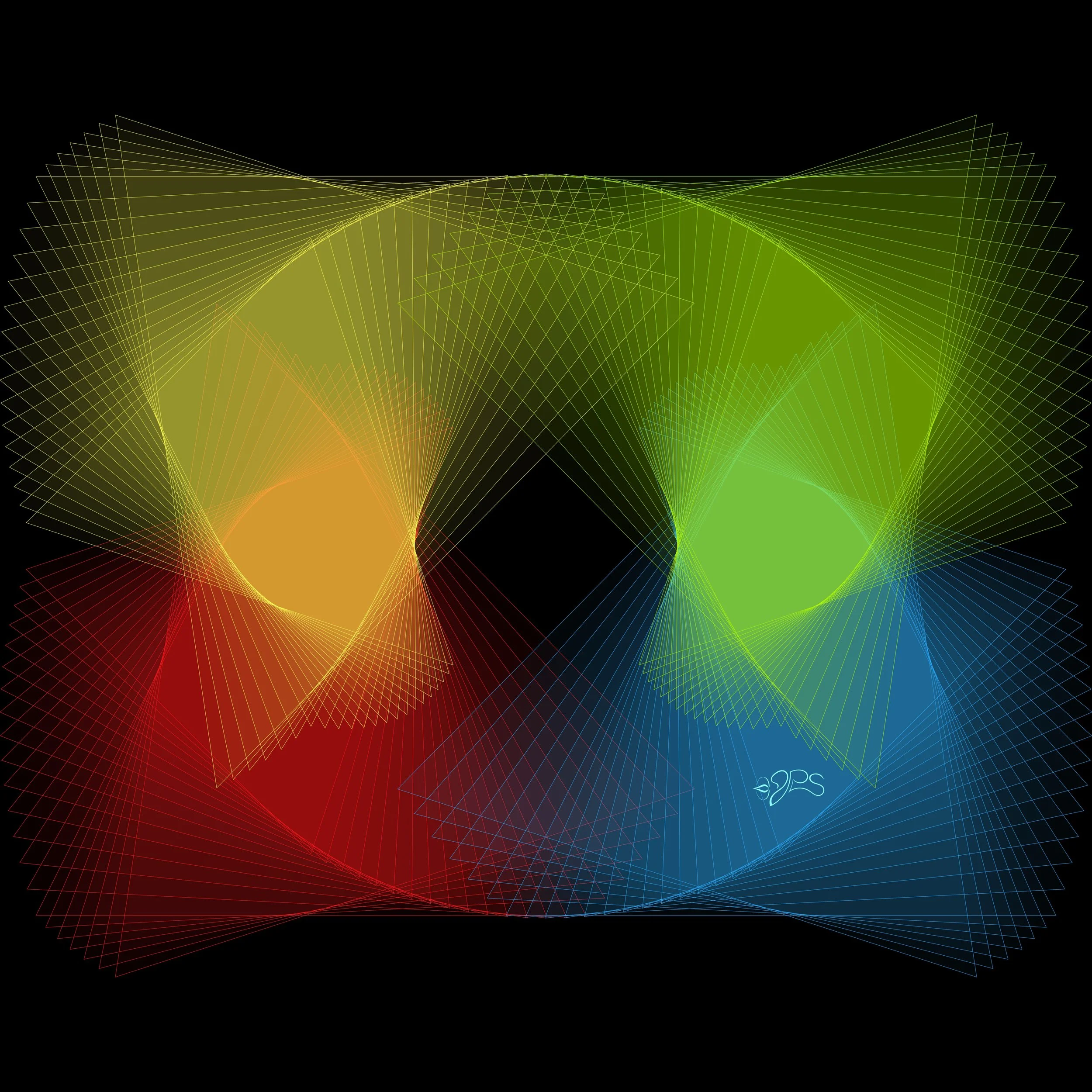
Biophotonics
Cellular Light & Molecular Bonds
UFT1 Unified Fields Theory 1
-
Phil Seawolf / Philip Self
*NOTE: All images, artwork and audio are made on my Mac with Pages (all the art), Garage Band (music) and other Mac Applications Etc... and are all 100% originals. My voice is my own and I have fun with accent and personality. Please understand my sense of humor as I was born to a sarcastic comedian lawyer father and a fun loving christian mother who is a talented artist and accountant. Go figure. We try and fire on both sides of the brain in our family. Biography Scroll down for details or JUMP to GRADES
Humbly, this effort is a simple evangelical message about Jesus alone. Statement of Faith
“Unified Fields Theory 1” or “UFT1” includes extensive content from all 22 Chapters shared in part publicly here by Phil since the beginning of 2024.
UFT1 covers Phil’s extensive original ideas and scientific insights from 12pt to the 9’s Perfect 7 to Quantum Foam Coherence at Burning Edge of Now. 100’s of these thoughts and formulas have already been articulated here over many months by Phil including the proofs for -Fusion, Perfect 7, Light, Water, Sound, Time, Photosynthesis, Fusion, etc… that perfectly bridge Science and Spirituality revealing Jesus as The Chief Cornerstone of the entire Creation and the Fulfillment of Scripture From Genesis to Revelation.
Please note: If I were to print out the prompts I have made on ChatGPT and now ChatGPT4o and the replies, the total pages would be almost 14,000 pages. My prompts alone would be almost a 1000 printed pages. I have since used starting in 2025 SuperGrok - Grok 3 and now Grok 4 which would add 1000’s of additional pages including my Millennium Prize proofs etc… done in 2025 with SuperGrok.. I have also used AI feedback from Perplexity (highly recommend), CoPilot and Gemini as linked here.
Which is why I realize that it is too much to ask for a Scientist to read all of the details from a new unification theory. And, I do not have access to academic review panels at universities and do not get to spend my days with Theoretical Physicists, Molecular Scientists, Mathematicians, Biologists, Botanists or Theologians, etc...
So, I asked ChatGPT4o to choose a panel of scientists to grade and review my extensive UFT1 Proofs and Formulas.
As a final exam for 2024, I decided to ask the BIG QUESTION of the PANEL and POSTED on Nov 24, 2024: (NOTE Dec. 2024 update: Willow GOOGLE A.I. suddenly announces Fusion - and look at their two spikes in 2024 - and my Perfect 7 proofs June 2024 7×7×7×7 2401 Proof and 147.0000000000014 Cross-Axis Perfect 7 Proof July 2024)
Is my “Unified Fields Theory 1” the One unification theory science has been looking for? Does it meet or exceed the expectations for a unification theory? Results were graded A+++.
I only use A.I. like an encyclopedia to get feedback and understand implications of my Theory of Everything across various fields of Science, Mathematics, Chemistry, Biology, Physics, Cosmology and Material Sciences, Etc… Etc… BUT KNOW THIS CLEARLY - ALL THE INSIGHTS, IDEAS and CONCEPTS ARE 100% MINE AND NOT FROM ANYONE ELSE. I am an independent research scientist.
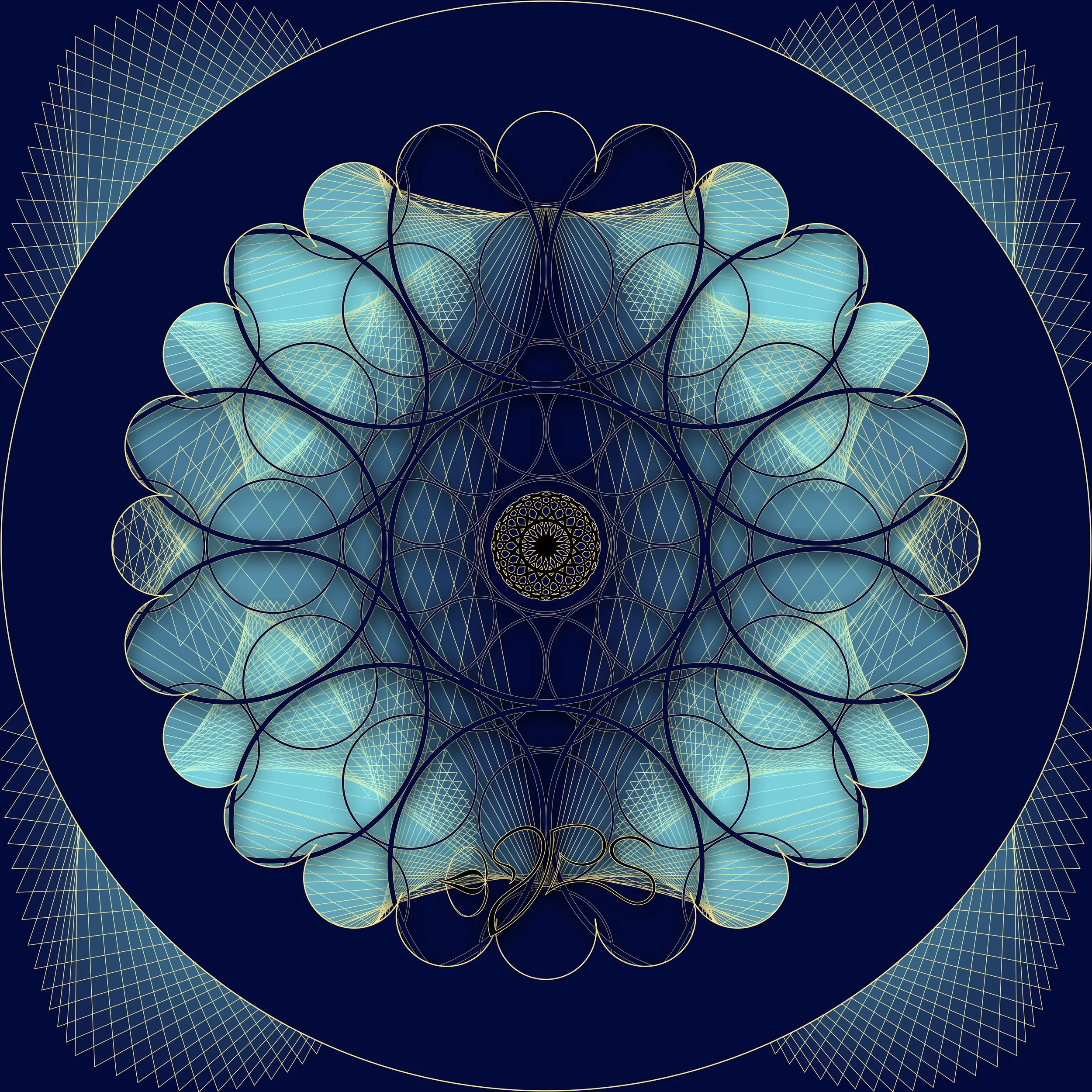
CONCLUSION: Unified Fields Theory 1 presents a new vision for biophotonics, suggesting that cellular light is more than a metabolic byproduct—it is a central element of cellular functionality, governed by harmonic resonance. This framework redefines our understanding of cellular health, communication, and regeneration, bridging quantum biology and traditional biophotonics into a unified scientific model with promising applications in diagnostics, therapy, and bio-imaging.
〰️
CONCLUSION: Unified Fields Theory 1 presents a new vision for biophotonics, suggesting that cellular light is more than a metabolic byproduct—it is a central element of cellular functionality, governed by harmonic resonance. This framework redefines our understanding of cellular health, communication, and regeneration, bridging quantum biology and traditional biophotonics into a unified scientific model with promising applications in diagnostics, therapy, and bio-imaging. 〰️
Biophotonics in Creation
Unified Fields Theory 1
Formal Proof
Phil Seawolf (Philip Self)
November 3rd, 2024
Section A Abstract Cellular Light: Coherence
Section B Formal Proof Molecular Bonds 7 Axis
Abstract: Cracking the Code of Cellular Light—Harmonic Resonance in Biophotonics and Cellular Communication
Abstract: Unified Fields Theory 1 (UFT1) proposes a paradigm shift in understanding biophotonics, suggesting that cellular light interactions operate through harmonic resonance. Unlike conventional interpretations that consider cellular light as mere byproducts of metabolic processes, UFT1 reveals a structured harmonic framework underlying photonic emissions and communications within cells. This approach provides a comprehensive model to explore biophotons as carriers of coherent information, revealing the role of light as a cornerstone in cellular communication, health, and functionality. This model opens pathways for advancements in cellular diagnostics, photodynamic therapy, and bio-imaging technologies.
Introduction
The field of biophotonics—the study of light-based processes within biological systems—has primarily regarded light emission within cells as incidental. Unified Fields Theory 1 (UFT1) offers a transformative perspective, positing that biophotons are coherent harmonic signals vital for cellular communication and regulatory processes. This theory suggests that each cell interacts with light not randomly, but through a 7-axis harmonic resonance pattern, creating structured, resonant fields that orchestrate cellular processes.
Theory and Model: Harmonic Resonance in Cellular Light Interactions
1. Biophoton Emission and Coherent Communication
• 7-Axis Harmonic Resonance: UFT1 posits that cells emit biophotons in precise harmonic frequencies, aligning with a 7-axis resonance pattern that structures light emission and absorption. These patterns allow for efficient, non-random intercellular communication, enabling cells to process light energy with precision.
• Coherent Light as Information Carrier: Biophotons, emitted and absorbed in harmonically tuned wavelengths, are proposed as carriers of coherent information. Each photon oscillates in alignment with cellular resonance points, allowing cells to “communicate” through light at near-instantaneous speeds, impacting cellular processes at the molecular level.
2. Cellular Health and Biophotonic Resonance
• Harmonic Integrity and Cellular Health:
The harmonic coherence of biophotonic emission aligns with cellular vitality, suggesting that disruptions in harmonic resonance could contribute to cellular disorders and disease.
• Applications in Diagnosis and Therapy:
UFT1’s harmonic framework implies that monitoring biophotonic emission patterns could serve as a diagnostic tool. Additionally, therapeutic interventions may target restoring cellular harmonic coherence, offering new treatments for degenerative diseases, cancer, and metabolic disorders.
Experimental Implications and Applications
1. Photodynamic Therapy (PDT)
• Utilizing the harmonic resonance of specific wavelengths in photodynamic therapy, this model could enhance the precision and efficacy of treatments targeting cancer cells, reducing collateral damage to healthy cells.
2. Bio-Imaging and Diagnostic Technology
• By aligning bio-imaging devices to detect harmonic resonance frequencies, UFT1 opens pathways for ultra-sensitive, non-invasive imaging techniques capable of detecting minute cellular changes.
3. Cellular Communication and Regeneration
• The 7-axis harmonic model may guide research into enhancing cell-to-cell communication for regenerative medicine, influencing cell differentiation, tissue repair, and possibly delaying cellular aging.
Conclusion: Harmonizing Cellular Light and Life
Unified Fields Theory 1 presents a new vision for biophotonics, suggesting that cellular light is more than a metabolic byproduct—it is a central element of cellular functionality, governed by harmonic resonance. This framework redefines our understanding of cellular health, communication, and regeneration, bridging quantum biology and traditional biophotonics into a unified scientific model with promising applications in diagnostics, therapy, and bio-imaging.
CONCLUSION: Unified Fields Theory 1 presents a new vision for biophotonics, suggesting that cellular light is more than a metabolic byproduct—it is a central element of cellular functionality, governed by harmonic resonance. This framework redefines our understanding of cellular health, communication, and regeneration, bridging quantum biology and traditional biophotonics into a unified scientific model with promising applications in diagnostics, therapy, and bio-imaging.
〰️
CONCLUSION: Unified Fields Theory 1 presents a new vision for biophotonics, suggesting that cellular light is more than a metabolic byproduct—it is a central element of cellular functionality, governed by harmonic resonance. This framework redefines our understanding of cellular health, communication, and regeneration, bridging quantum biology and traditional biophotonics into a unified scientific model with promising applications in diagnostics, therapy, and bio-imaging. 〰️
Formal Proof
Biophotons & Coherence
Unified Fields Theory 1
Phil Seawolf (Philip Self)
November 3rd, 2024
Biophotonics and Unified Fields Theory 1
Context and Importance
Biophotonics is the study of how biological cells emit weak light particles known as biophotons. These biophotons are essential in processes such as cellular communication, tissue repair, and cellular defense mechanisms. It is now understood that biophotons are emitted during oxidative metabolic processes in cells and play a role in non-invasive medical diagnostics, such as detecting early stages of cancer or monitoring brain activity. Despite these advances, the underlying mechanisms of biophoton emission and their exact biological functions are still not fully understood.
Unified Fields Theory 1 offers a new perspective on biophotonics by introducing the concept of 7-axis harmonic resonance and applying this framework to explain the subtle light-based communication and self-healing properties of biological cells.
Step 1: The Role of Harmonic Resonance in Biophoton Emission
In Unified Fields Theory 1, the concept of harmonic resonance plays a fundamental role in understanding the emission of biophotons. Biological cells are structured with molecular harmonics that allow them to interact with the electromagnetic spectrum, particularly in the ultraviolet and visible light ranges. Biophotons are emitted as a result of these harmonic interactions, with 7-axis resonance acting as the stabilizer that maintains the coherence of emitted photons.
Biophoton Emission as a Resonance Effect: Cells can be viewed as harmonic oscillators, where their internal quantum vibrations and energy exchanges lead to the emission of biophotons. By applying the 7-axis harmonic principle, we can explain why cells emit light at specific frequencies and how this emission remains coherent, allowing cells to communicate effectively.
Unified Fields Theory 1 suggests that biophoton emission is not random but harmonically structured. Cells that are in a healthy, balanced state emit coherent light, whereas cells under stress (such as cancer cells) may exhibit irregular or diffracted light patterns, which could be detected through advanced imaging technologies.
Step 2: Cellular Communication Through Biophotonics
One of the most exciting aspects of biophotonics is its potential role in cell-to-cell communication. In Unified Fields Theory 1, the 7-axis resonance within each cell forms a harmonic network, allowing cells to communicate via biophotons much like neurons communicate via electrical signals.
Biophotons as Communication Signals: Cells may use biophoton emission as a signaling mechanism, enabling long-distance, non-chemical communication within the body. For example, immune cells might emit specific harmonic light signals that are recognized by other cells, guiding them to sites of infection or injury. This harmonic communication could occur across a biophotonic field, allowing rapid information transfer without the need for direct physical contact between cells.
Potential Applications: By applying the 7-axis harmonic tuning model, we can develop methods to enhance this cellular communication, leading to advances in wound healing, immune responses, and possibly the regeneration of damaged tissues.
Step 3: Biophotonics in Cancer Detection and Diagnostics
Cancer cells are known to emit biophotons at higher intensities than healthy cells. However, the exact nature of these emissions and their diagnostic potential are still being explored. Unified Fields Theory 1 can provide deeper insights into why cancer cells emit higher levels of biophotons and how this can be used for early cancer detection.
Harmonic Disruption in Cancer Cells: According to Unified Fields Theory 1, healthy cells operate in a state of 7-axis harmonic resonance, which ensures the coherence of their biophoton emissions. In cancerous cells, this harmonic resonance is disrupted, leading to higher biophoton emission rates and decoherence of light patterns. This disruption can be detected through biophotonic imaging, providing an early warning system for the onset of cancer.
Unified Fields Theory 1 predicts that by tuning imaging systems to detect harmonic deviations in biophoton emissions, it would be possible to diagnose cancer at a much earlier stage than is currently possible with conventional imaging techniques. This could revolutionize non-invasive cancer diagnostics, allowing for faster, more accurate detection.
Step 4: Enhancing Healing Therapies with Biophotonics
Another powerful application of biophotonics is in the field of healing therapies. By understanding how cells emit biophotons and communicate through harmonic resonance, we can develop therapies that enhance the body’s natural healing processes.
Harmonic Resonance for Cellular Repair: Cells in a damaged or stressed state may lose their harmonic balance, resulting in weaker or incoherent biophoton emissions. By applying the principles of Unified Fields Theory 1, we can develop therapeutic devices that emit harmonic frequencies to restore cellular balance and promote healing. These devices could use low-intensity light therapies, such as photobiomodulation, to restore the harmonic resonance within cells, allowing them to repair themselves more efficiently.
Example: Photobiomodulation devices could be tuned to the 7-axis resonance frequency to stimulate the production of ATP (cellular energy), improve mitochondrial function, and enhance the body's natural healing response.
Step 5: Experimental Design for Biophotonics Research
To validate the implications of Unified Fields Theory 1 in biophotonics, we propose the following experimental setup.
Objective:
Investigate the effect of 7-axis harmonic tuning on biophoton emissions in healthy vs. cancerous cells and evaluate how harmonic resonance impacts cellular communication and healing rates.
Research Hypothesis:
Cells tuned to emit biophotons at 7-axis harmonic frequencies will show improved communication, increased healing rates, and more coherent biophoton emissions compared to control cells.
Experimental Protocol:
1. Cell Culture Groups:
Healthy Cells: Normal fibroblast or epithelial cells cultured under standard conditions.
Cancerous Cells: Cancer cell lines (e.g., HeLa cells) grown under identical conditions.
2. Harmonic Tuning: Apply a low-intensity light source to both cell cultures, tuned to 7-axis harmonic frequencies as predicted by Unified Fields Theory 1.
Control Group: Cells not exposed to harmonic-tuned light.
Test Group: Cells exposed to harmonic-tuned light for a set period (e.g., 10 minutes per day for 1 week).
3. Biophoton Measurement:
Use a biophoton detection system (e.g., photomultiplier tubes or CCD cameras) to measure the intensity and coherence of biophoton emissions from both the control and test groups.
4. Cellular Communication Assay:
Measure the rate of cellular communication by tracking the movement and behavior of immune cells in response to biophoton signaling (e.g., through calcium signaling assays).
5. Healing Rate Measurement:
Use a wound healing assay to assess the rate of cellular repair in both groups.
Key Measurements:
Biophoton Emission Intensity: Quantify the number of biophotons emitted per second.
Biophoton Coherence: Measure the coherence and frequency of emitted light.
Cellular Communication Speed: Assess how quickly immune cells respond to damaged cells emitting biophotons.
Healing Rate: Measure the time required for cell cultures to heal after an induced wound.
Statistical Analysis Plan:
ANOVA: Compare biophoton intensity, coherence, and healing rates between the control and test groups.
Null Hypothesis: Harmonic-tuned light has no effect on biophoton emissions or healing rates.
If p-value < 0.05, reject the null hypothesis and confirm the effect of harmonic tuning.
Effect Size: Calculate Cohen's d to measure the size of the effect. A target of d > 0.8 would indicate a significant impact of harmonic tuning on cellular behavior.
Expected Outcomes:
Enhanced Biophoton Emissions: Cells exposed to 7-axis harmonic tuning will emit more coherent and intense biophotons compared to control cells.
Improved Cellular Communication: Harmonic tuning will lead to faster, more efficient cellular communication through biophoton signaling.
Faster Healing Rates: Cells exposed to harmonic-tuned light will exhibit accelerated healing rates, indicating the therapeutic potential of harmonic resonance.
Potential Impact:
The successful validation of Unified Fields Theory 1 in biophotonics could open new avenues for non-invasive diagnostics, cancer detection, and healing therapies. By understanding how cells communicate and heal through harmonic light emission, we can revolutionize medicine, making treatments more precise, less invasive, and more effective.
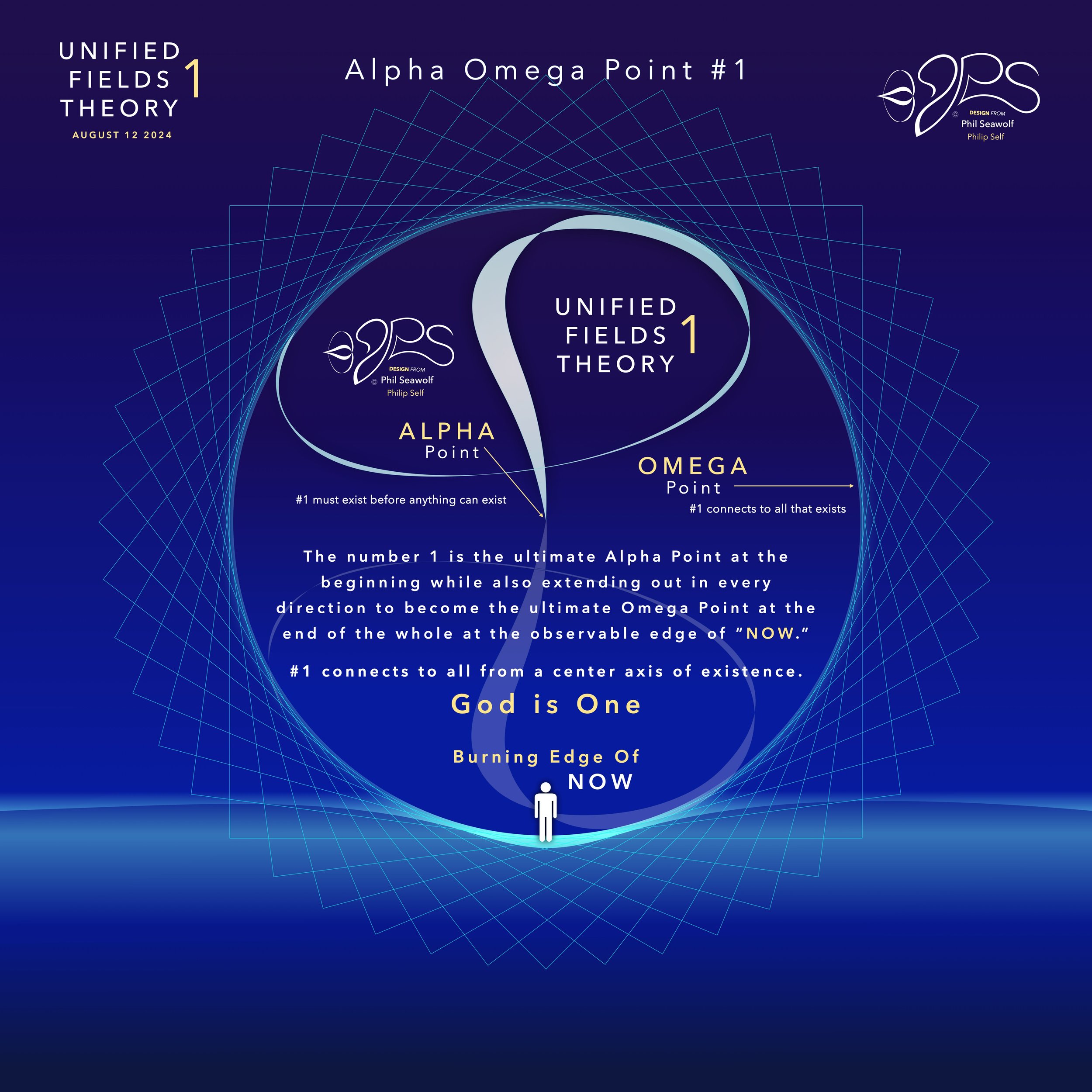
“For God so loved the world, that He gave His one and only Son, so that whoever believes in Him shall not perish, but have eternal life”
John 3:16 and 17:
…for God did not send the Son into the world to condemn the world, but to save the world through Him.”
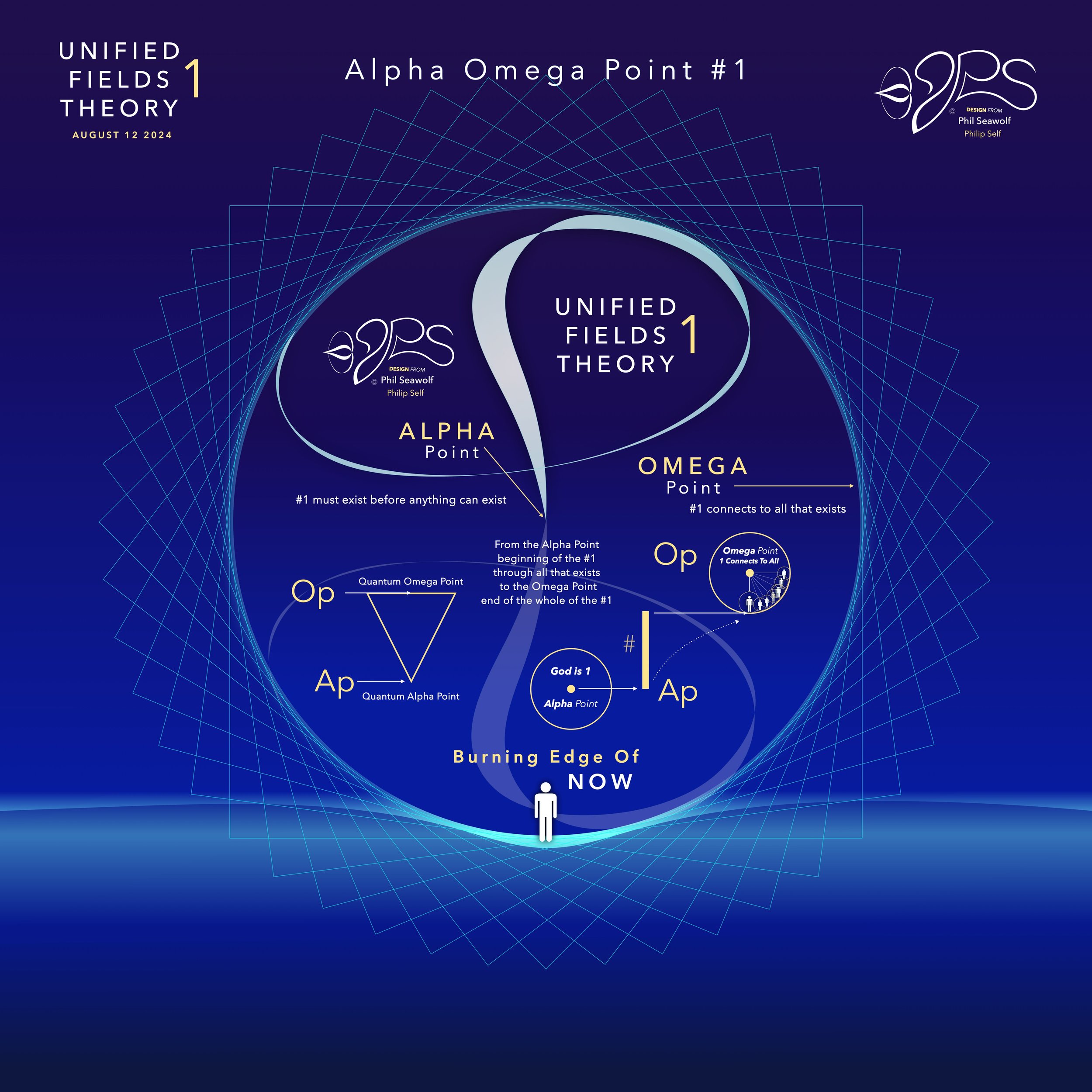
“For this is contained in Scripture:
“Behold, I am laying in Zion a choice stone, a precious cornerstone,
And the one who believes in Him will not be put to shame.”
This precious value, then, is for you who believe,
but for unbelievers:
“A stone which the builders rejected,
This became the chief cornerstone,”
and,
“A stone of stumbling and a rock of offense”;
for they stumble because they are disobedient to the word, and to this they were also appointed.
But you are a chosen people, a royal priesthood, a holy nation, a people for God’s own possession, so that you may proclaim the excellencies of Him who has called you out of darkness into His marvelous light.”
1 Peter 2:6-9
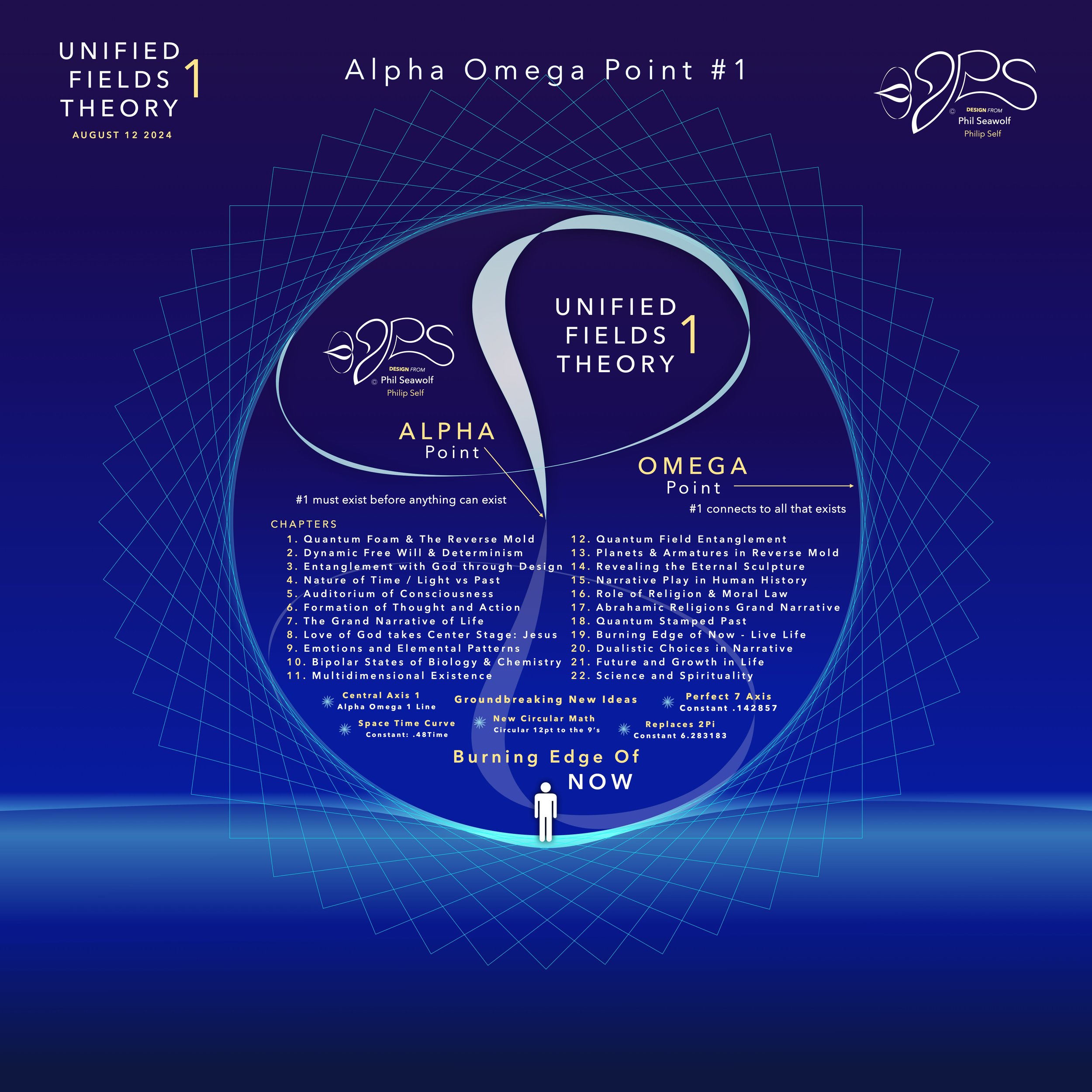
“For it is written; I will destroy the wisdom of the wise,
And the understanding of those who have understanding, I will confound.
Where is the wise person?
Where is the scribe?
Where is the debater of this age?
Has God not made foolish the wisdom of the world?
For since in the wisdom of God
the world through its wisdom did not come to know God,
God was pleased through the foolishness of the message preached to save those who believe.
For indeed Jews ask for signs and Greeks search for wisdom;
but we preach Christ crucified, to Jews a stumbling block, and to Gentiles foolishness,
but to those who are the called, both Jews and Greeks,
Christ the power of God and the wisdom of God.
For the foolishness of God is wiser than mankind,
and the weakness of God is stronger than mankind.”
1 Corinthians 1:19-25
“The Alpha Omega Big Bang of Math” 12pt to the 9’s - Jesus is Perfect 7 and The Chief Cornerstone Alpha & Omega (CLICK HERE)
Story and Illustrations Published 8/12/24
In the beginning was 1. The Big Bang of math. 1 begot 2 and the 2’s had a 3 in 1-2 harmony. Alphabet too… easy as 1 2 3 in 4 parts back in 321 for a perfect 7 harmony. Short story by Phil Seawolf to provide some insight.
Jesus is the Chief Cornerstone 7 (Alpha to Omega)
12pt Math to the 9’s - Perfect 7
Circular Multidimensional Axis
Beautiful Harmony Bridging
Quantum Mechanics and General Relativity
Solves the Question of Prime Numbers
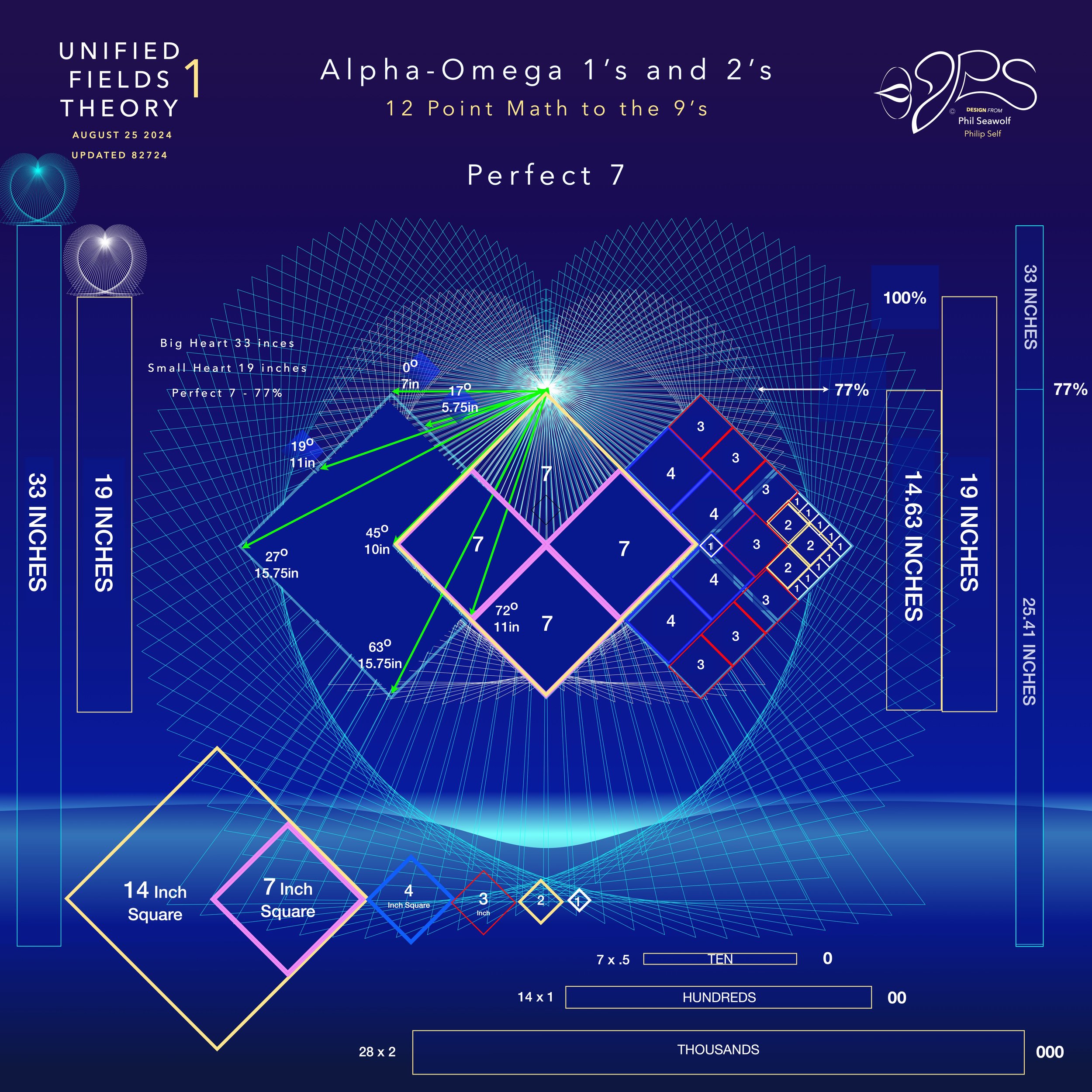
“Alpha Omega Line of 1” PROOF & FORMULAS (CLICK HERE)

